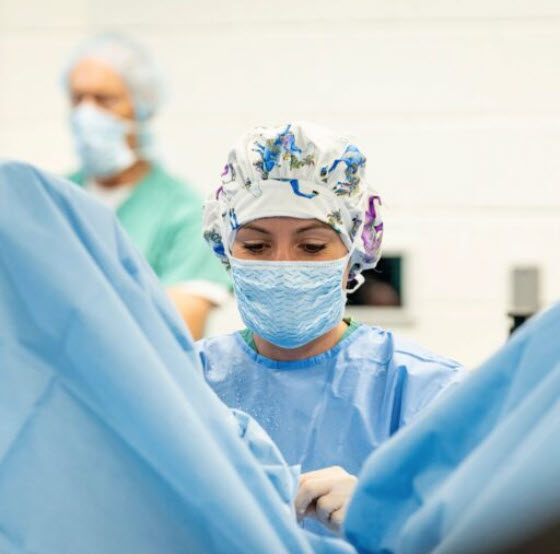News & Patient Stories
Osseointegration/Limb Restoration News
-

Really Extraordinary’: CU School of Medicine Honors Distinguished Clinicians and Faculty Professionalism
Jul 30, 2024Service to patients. Passion and drive. Excellence, integrity, and humanism. Those and many other qualities were cited by admiring presenters as University of Colorado School of Medicine faculty were honored July 29 at the school’s Distinguished Clinician and Distinguished Faculty Professionalism Awards ceremony.Full story -

AC News Flash Featuring Cass Isidro and Dr. Danielle MeltonOpens in a new window
Apr 5, 2024This episode of the AC News Flash features Cass Isidro and Dr. Danielle Melton. Dr. Melton, is a new Amputee Coalition board member and director of the Amputee Medicine and Rehabilitation Program at the University of Colorado School of Medicine.Opens in a new window Full story -

CSU Vets Expand on Orthopedic Research to Aid Horses and PeopleOpens in a new window
Jan 23, 2024It was early November, and Dr. Lynn Pezzanite was standing in an operating room at Colorado State University’s Translational Medicine Institute, flanked on either side by two of her most influential mentors, Dr. Laurie Goodrich and Dr. Jason Stoneback. Goodrich and Stoneback had scrubbed in to assist on a pair of equine surgeries tied to Pezzanite’s first research grant as the principal investigator.Opens in a new window Full story -
Grayson Jockey Club Research Foundation
Dec 18, 2024Dr. Stoneback and his research team are working with equine veterinarians and researchers at the CSU Translational Medicine Institute to research the development of post-traumatic arthritis in horses. The goal is to develop methods for earlier detection and treatment of human post-traumatic arthritis.Full story
Trauma News
-

Fox 31 News, Channel 2 News, “’Lateral Compartment Syndrome’ Explained after Broncos’ Moore has SurgeryOpens in a new window
Nov 18, 2013Few people other than his teammates noticed problems when Broncos safety Rahim Moore left the biggest game of the season and didn’t come back Sunday night.Opens in a new window Full story -

USA Today, “Broncos Safety Rahim Moore Out Indefinitely.” Commentary on Compartment SyndromeOpens in a new window
Nov 18, 2013Denver Broncos safety Rahim Moore was experiencing such severe pain in his lower left leg after returning home from Sunday's game against the Kansas City Chiefs that he called the team's head athletic trainer in the middle of the night.Opens in a new window Full story -
Channel 9 News, “Broncos’ Rahim Moore has Surgery on Leg” Commentary on Compartment Syndrome
Nov 18, 2013Channel 9 News, “Broncos’ Rahim Moore has Surgery on Leg” Commentary on Compartment SyndromeFull story -
Dave Logan Radio Show, 850 KOA News Radio, Expert Interview on Compartment Syndrome
Nov 19, 2013Dave Logan Radio Show, 850 KOA News Radio, Expert Interview on Compartment SyndromeFull story